She used to work as a worker in Binh Duong , but due to the company reducing orders and cutting workers, Ms. Son Thi Quyen returned to her hometown in Tran De district to find another job. Right at the time when the rice fields here are in the season of transplanting rice, she works as a hired worker to earn money to support her life.
“Every day, I go to the field from 6am to 2pm to finish my work, earning 200,000 VND. Calculating the whole crop for about 30 days, I earn 6 million VND. In the countryside, this income is quite good,” said Ms. Quyen.
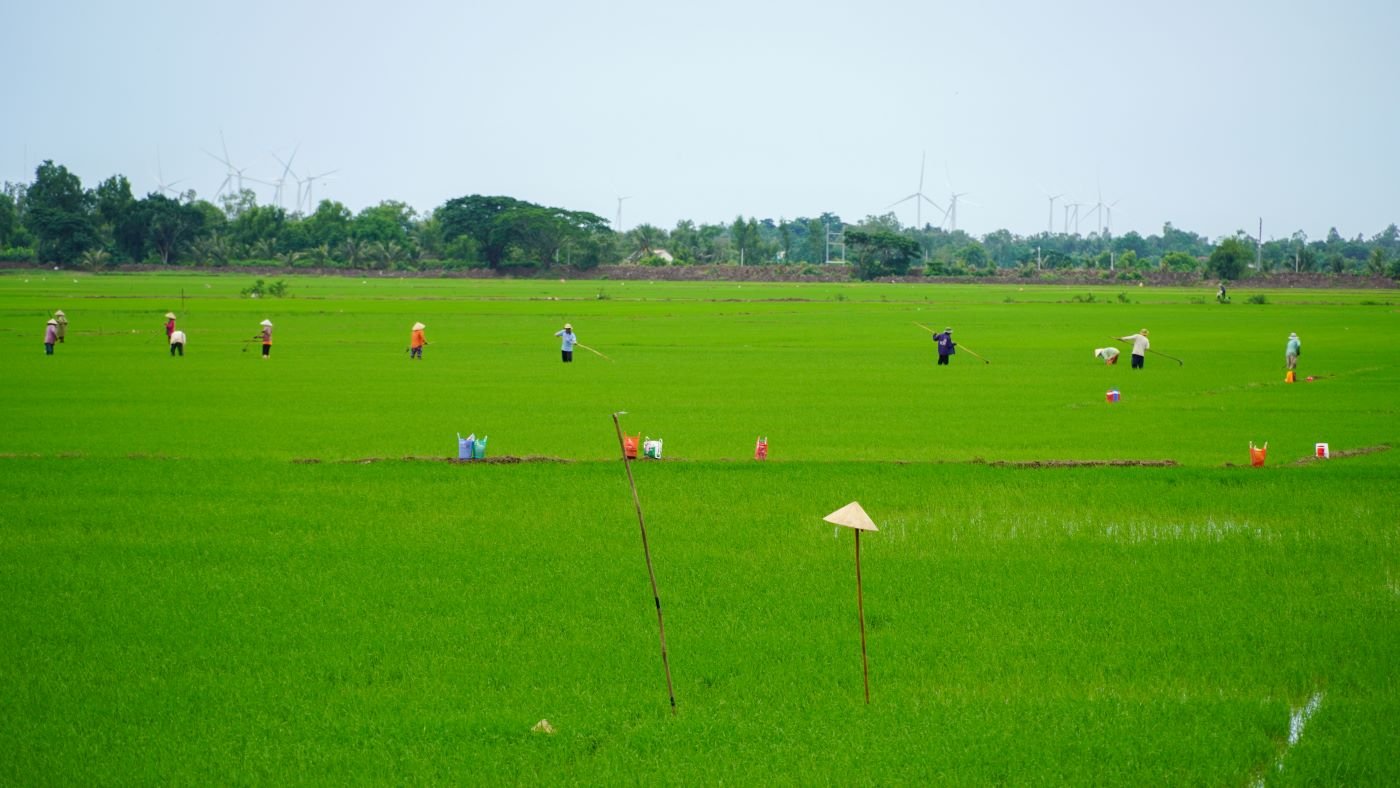
Mr. Quach Thuy in Tai Van commune, Tran De district said that his family cultivates 7,000 square meters of rice fields. After taking care of the rice, he hires other households to plant rice for extra income.
“Nowadays, most of the young workers in the area work far away, so there is a shortage of workers during the harvest season. I try to go to work. I earn 200,000 VND a day, enough for my family's living expenses,” said Mr. Thuy.
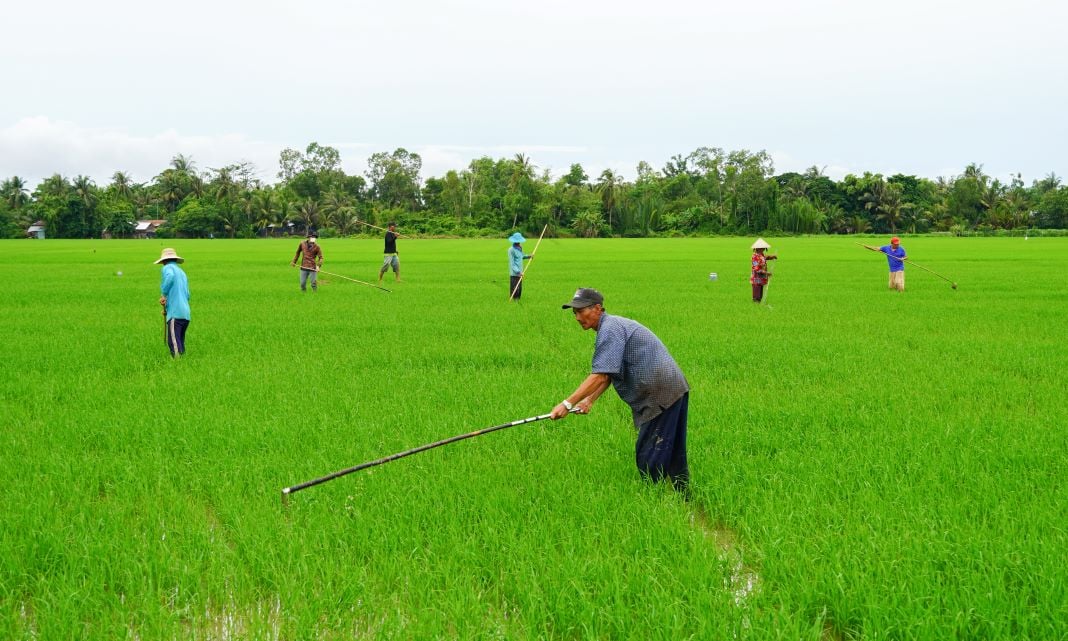
Mr. Danh Khanh Duy in Tran De district has 10 hectares of rice land. During the harvest season, he has to hire 20 workers to work for about a week. Mr. Duy said that without this labor force, his family would not be able to do it all.
Previously, the work of transplanting rice mainly involved using hands to pull out the rice from the thickly sown areas and then replant it in the thinly sown areas. But in recent years, with the advent of supporting tools, the work has become easier, and the worker has less need to bend over, so he can work for many consecutive days.
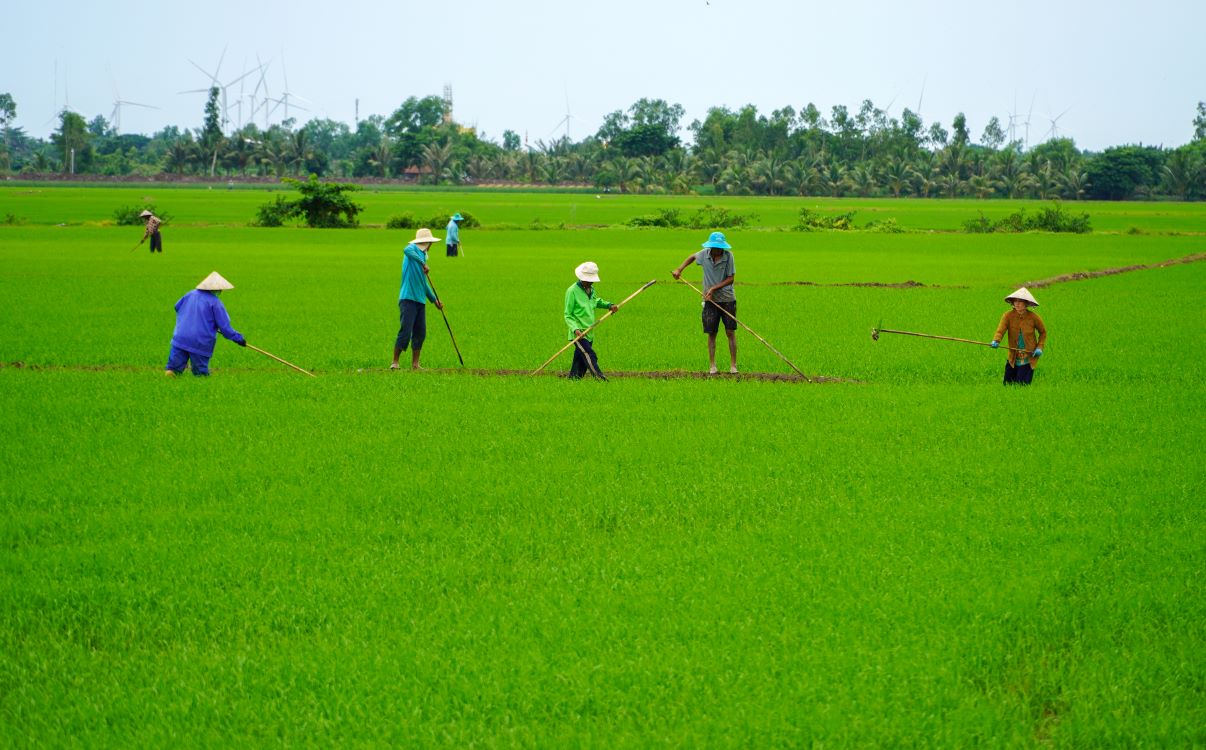
Mr. Dao Van Chan in Tai Van commune, Tran De district said that during the labor process, people invented the rice hook. This tool has a handle that is about 2 meters long. The blade is made of steel with three parts, the tip of each part is sharp and flat, making it easy to hook the rice. Because of the long handle, the person doing the work moves less, just needs to stand in one place, bring the hook to where the rice is thick, then hook the rice to where the rice is sparsely grown, so it does not take much effort or strain the back.

“Although the seasonal work only lasts 25-30 days, the income is relatively stable. After the planting season, I spray pesticides and fertilize. There is no shortage of work in the countryside,” said Mr. Chan.
Source: https://laodong.vn/kinh-doanh/cay-giam-thue-nghe-hot-ngay-mua-o-soc-trang-1366432.ldo


![[Photo] Lam Dong: Close-up of illegal lake with broken wall](https://vphoto.vietnam.vn/thumb/1200x675/vietnam/resource/IMAGE/2025/11/03/1762166057849_a5018a8dcbd5478b1ec4-jpg.webp)

![[Photo] Prime Minister Pham Minh Chinh receives the Chairman of the Japan-Vietnam Friendship Association in the Kansai region](https://vphoto.vietnam.vn/thumb/1200x675/vietnam/resource/IMAGE/2025/11/03/1762176259003_ndo_br_dsc-9224-jpg.webp)

![[Photo] General Secretary To Lam receives Singaporean Ambassador Jaya Ratnam](https://vphoto.vietnam.vn/thumb/1200x675/vietnam/resource/IMAGE/2025/11/03/1762171461424_a1-bnd-5309-9100-jpg.webp)

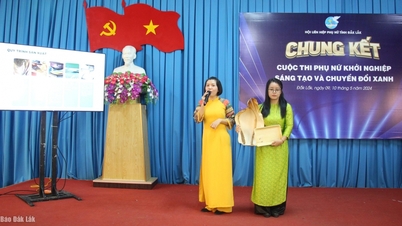
























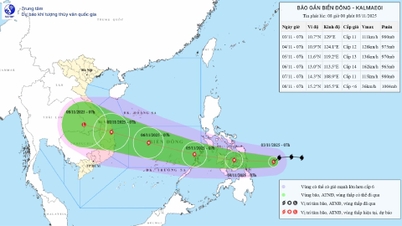
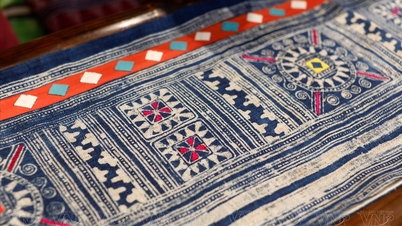



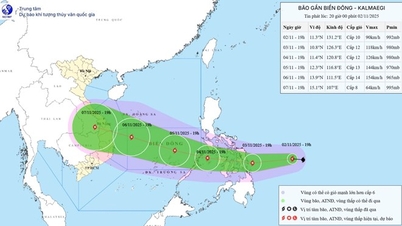



















































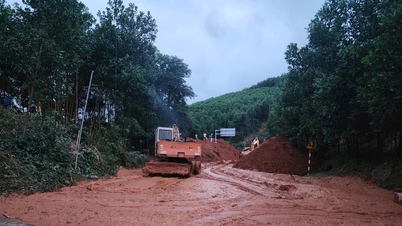





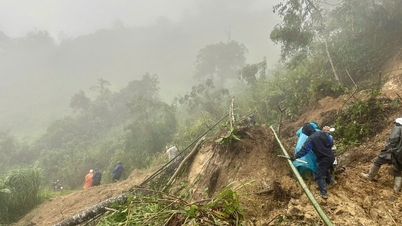














Comment (0)